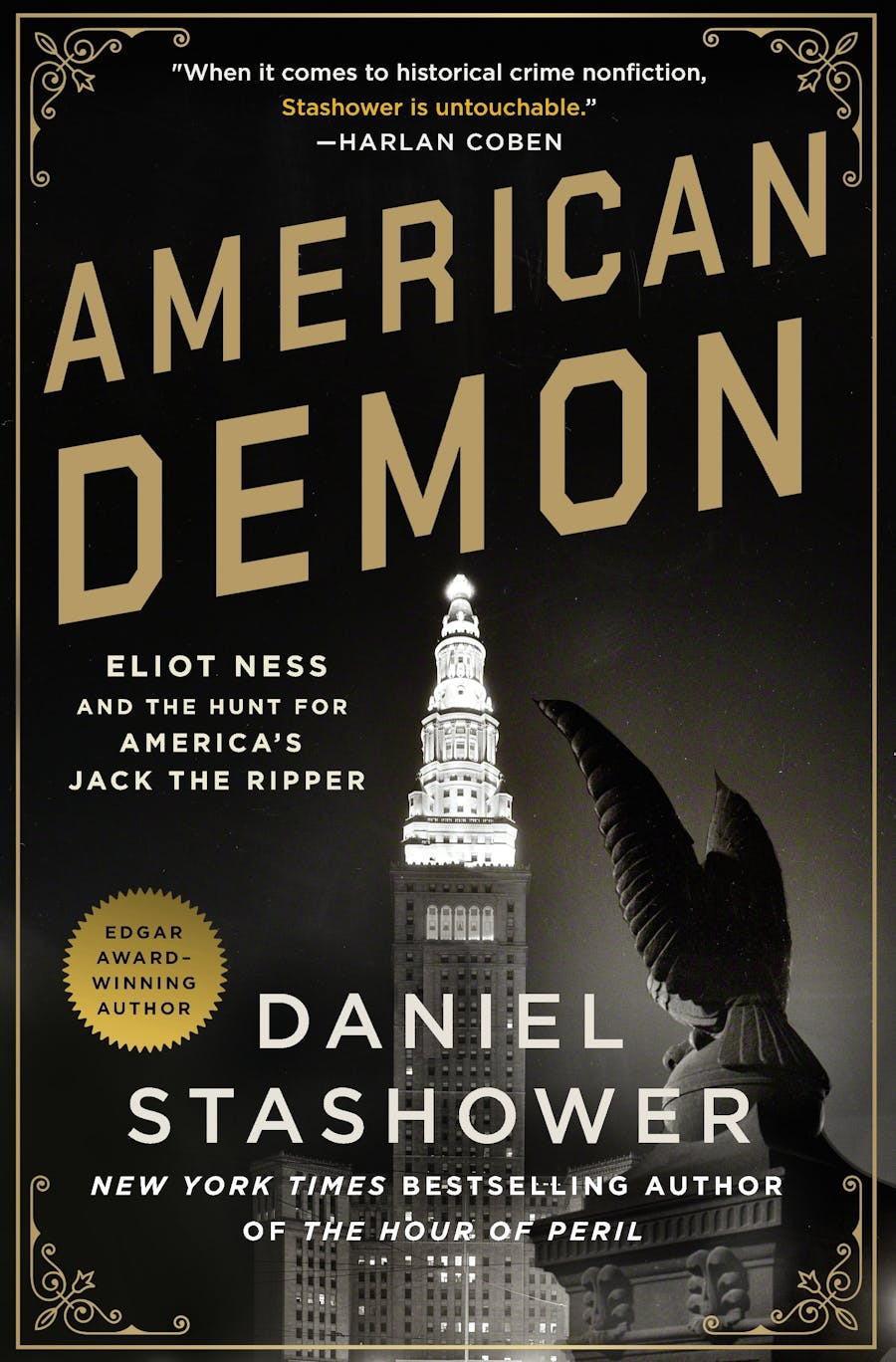Review: The hunt for America’s ‘Jack the Ripper’

The Cleveland Torso Murderer, also known as the Mad Butcher of Kingsbury Run, was an unidentified serial killer who was active in Cleveland, Ohio in the 1930s.
In parenthesis, it should be acknowledged immediately that these sorts of designations assume that there is one responsible person but that may not necessarily always be correct.
Not least of the difficulties associated with these deaths was the preponderance of killings elsewhere that were strongly suggestive of at least one common assailant.
The nature of the Cleveland deaths and the others was extreme violence with killings that included beheading and the dismemberment of the victims, many of whom are still unidentified.
The disposal of the remains of the deceased seemed to be random with not all of the anatomical parts being found at the same place.
Most victims came from an area east of Kingsbury Run called The Roaring Third or Hobo Jungle, known for its bars, gambling dens, brothels, and vagrants, many of the latter living rough.
Despite an apparently thorough investigation of the murders, which was led by nationally-known lawman Eliot Ness, of Prohibition-era fame, a murderer was never arrested and charged.
Coincidentally, between 1921 and 1942, nine people, eight of them unidentified, were found dead, having been similarly dismembered, in swamps or around train yards near New Castle, Pennsylvania (less than 100 miles from Cleveland).
These are the so-called Murder Swamp Killings and the strong suggestion on the pathological facts and close proximity is that all amounted to a course of conduct.
It is difficult, with very extensive literature on these crimes, to know if the author Daniel Stashower does indeed shine “a fresh light on one of the most notorious puzzles in the annals of crime” as the blurb suggests.
Even a quick check on the Wikipedia page for the Cleveland Torso Murders reveals the nature and extent of the voluminous material, easily available, including many contemporary photographs.
The interested reader, who does not have a background knowledge of the context of these murders, will doubtless find the general narrative by Daniel Stashower of the America of the era, Ohio society, and the local politics informative.
The descriptions of the remains of the deceased are necessarily gruesome (perhaps occasionally too much so) because of the similarity in the commission of the many, dispersed crimes.
However, the New Castle murders are not compared and contrasted in this history with the Cleveland events, although the lead detective was convinced of their being linked.
The outcome of the investigation is itself an enduring mystery with what seem to have been simmering tensions between those officials and politicians involved.
The assailant is identified, and another possible excluded, and both probably correctly so, although the main man lived on for many years after the events studied.
Daniel Stashower shows how conventional policing and pathological methods were then unsuitable for extreme crime in a transitional era in the scientific investigation of events. This story does not conclude with a high profile criminal trial. It is, however, an absorbing book that is well worth reading.
American Demon: Eliot Ness and the Hunt for America’s Jack the Ripper by Daniel Stashower. Published by Minotaur Books, 344pp, £23.99.







